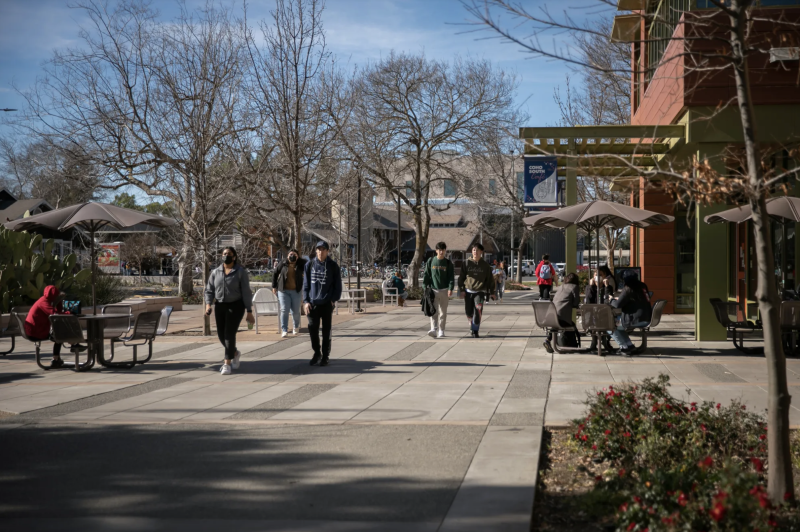Ultimately the state must have a balanced budget before June 30, but if the last three legislative budget hearings on higher education are any indication, how much — and when — to spend on student housing will be a key point of friction between the Democrat-controlled Legislature and Newsom.
The governor’s plans to delay housing funding is “something that we don’t support, and we’re going to be looking at other options,” said Assemblymember Kevin McCarty, a Democrat from Sacramento and chair of the Assembly’s budget subcommittee on education, at a Tuesday hearing.
“This is such a priority for the Senate and the Assembly the last couple years and just checks so many boxes: Housing crisis, check. College affordability, check. Enrollment growth for students, check,” he added.
If Newsom gets his way, the $750 million campus housing grants slated for 2023–24 would drop to $500 million, and the remaining $250 million would become available in 2024–25. And rather than spending a combined $1.8 billion on campus no-interest loans in 2023–24 and 2024–25, Newsom proposed zero dollars in 2023–24 and spreading the funds across the subsequent two years.
“Effectively the governor’s budget maintains the overall funding commitment for these two student housing programs,” said Michelle Nguyen of the Department of Finance, an office in the governor’s administration. “But given the budget outlook, the governor’s budget proposes funding delays for these programs.”
That may be bad news for the hundreds of thousands of college students in desperate pursuit of housing — even if these state efforts can build only a fraction of the living quarters survey data say is needed.
Sparing campus-housing funding from cuts is a bipartisan sentiment in the Legislature. It’s important that “we have the funding available and not delayed … in order to build housing necessary to accommodate those students in the universities, especially when the state is requiring a certain level of enrollment for each university,” said Sen. Rosilicie Ochoa Bogh, a Republican from Rancho Cucamonga, at a Senate subcommittee hearing last Thursday.
Thirty campuses remain unfazed and have submitted plans exceeding $2.1 billion to build as many as 12,700 additional dorm beds with low rents. The size of the projects varies, including 1,553 affordable beds at UC Riverside, 517 at San José State and 117 at Lassen Community College in northeastern California.
For the University of California, the state grants supplement plans to construct an extra 22,000 beds by 2028 (PDF).
Included in the state grant mix is housing for UC graduate students — 236 dorm beds at UC Merced, a campus with just nine beds for graduate students at a time when affordable housing was a major rallying cry for students striking late last fall.
All told, the University of California’s six grant proposals pencil out to about $108,000 per affordable bed (PDF); Cal State’s three projects would cost $170,000 per bed (PDF); and the 21 plans submitted by community colleges — schools with little experience building student housing — would cost $205,000 per bed (PDF). (Overall, last year’s approved state-funded dorms were slightly more expensive per bed.)
Even if the Legislature and Newsom agree to pull no dollars from the housing grant in 2023–24, most of those plans will go unfunded by the program. That’s because last year’s spending road map called for pouring $750 million into the grant in 2023–24 — about a third of the money colleges and universities are seeking.

